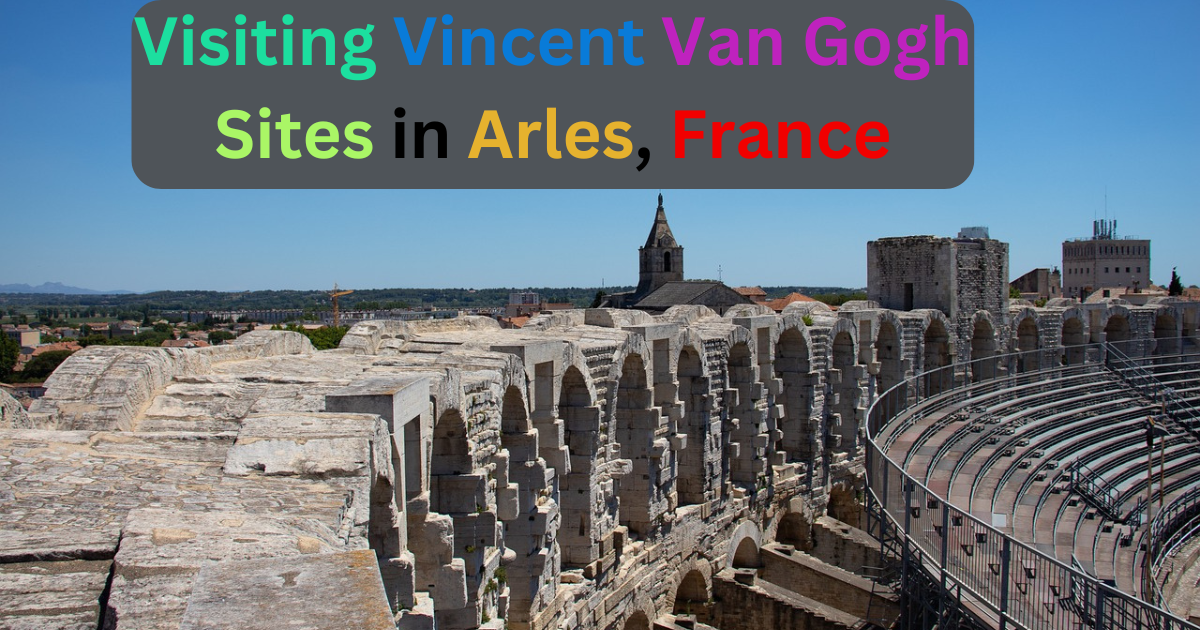When you think of the renowned Impressionist artist Vincent Van Gogh Arles instantly comes to mind. His stay in this charming town though brief was incredibly prolific. From February 1888 to May 1889 Van Gogh created over 300 drawings and paintings capturing Arles' beauty with unmatched passion. The town’s streets and landscapes became Van Gogh's studio where he transformed everyday sights into extraordinary art. Here’s a link to that specific Wivisites page with a map of the Van Gogh painting sites.
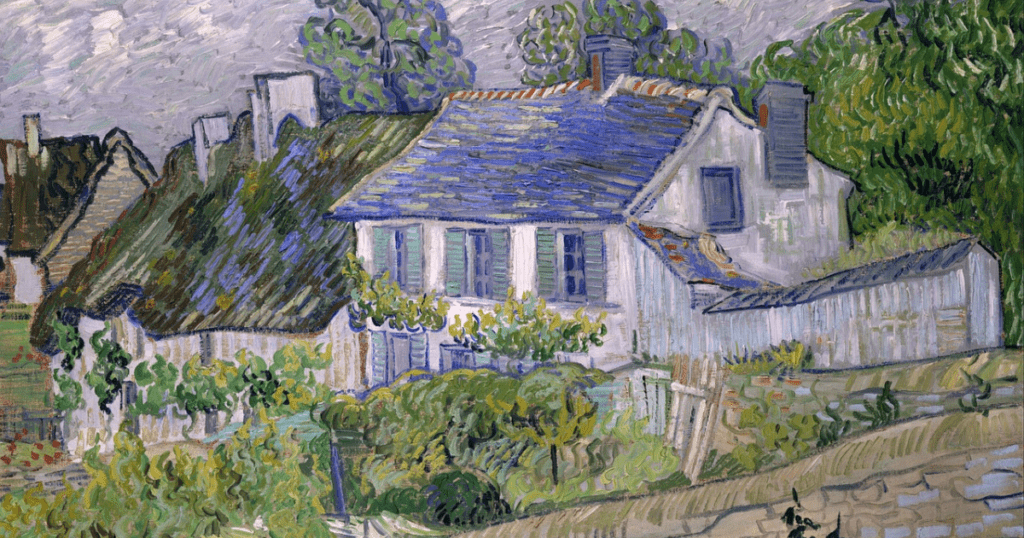
The Van Gogh Pedestrian Path
Walking the Van Gogh Pedestrian Path is like stepping into the artist’s world. This journey takes you to twelve Van Gogh locations, with signs comparing his works to the real streets and landscapes that inspired them. However, navigating this path can be more challenging than expected, especially on your own. These spots are scattered throughout Arles, some tucked away in less obvious corners, requiring a keen eye to find.
Experiencing Van Gogh’s Presence
The presence of Van Gogh feels almost tangible in Arles. From the moment you arrive by train his legacy greets you in delightful ways—like spotting a little Vincent santon in a shop window. These small clay figurines are part of Provence’s traditional crafts celebrating the aspects of life in the region. They’ve become popular souvenirs perfect for taking home a piece of this inspiring journey.
The Arles Tourism Office
Begin your Van Gogh Path tour at the Tourism Office on Boulevard des Lices, showcasing a display of artist posters. However don’t expect to find a single printed map of the Van Gogh Path here! Instead a helpful staff member fluent enough to work past my spotty French pointed me to a QR code. This led to a link showcasing the various sites including Van Gogh stops mapped neatly on the Wivisites page.
Van Gogh’s journey reveals him as one of the first artists to explore color beyond its realistic representation. His work is rich with expression capturing his feelings about the subject through quick dynamic brush strokes.
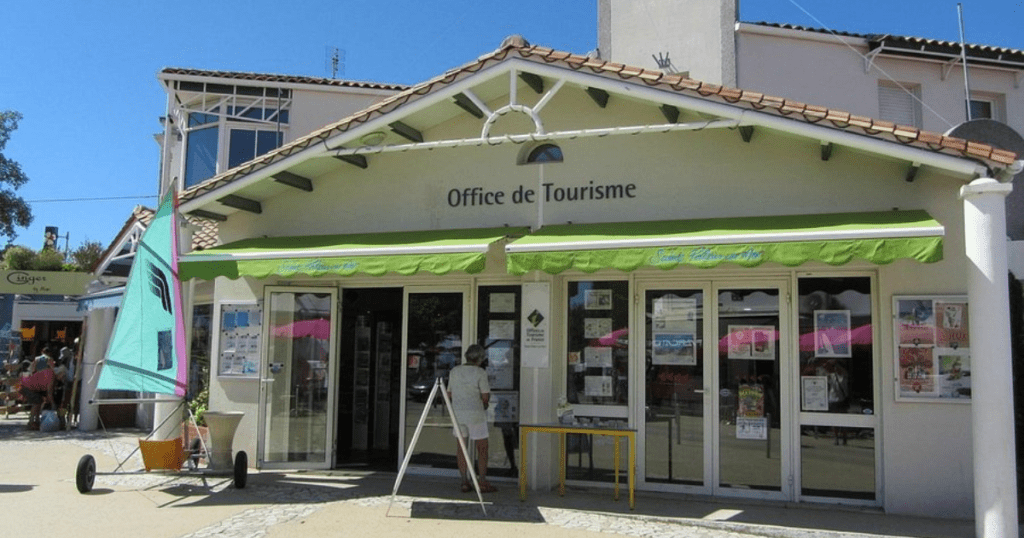
These techniques brought an emotional depth to his scenes sparking both admiration and raised eyebrows among deliberate artists of his time. His purposeful quickness beautifully captured fleeting moments gestures and light embodying the Impressionist style. Witnessing his inspiring interpretations of ordinary scenes is a reminder of the brilliance in focusing on the simplest kinds of things.
Renowned artworks showcased along the Van Gogh Pedestrian Path in Arles
La Maison Jaune (The Yellow House)
In 1888, Vincent rented several rooms at number 2 Place Lamartine in Arles, where he set up his easel and created some of his famous works. Sadly, the original yellow house and the surrounding buildings associated with his painting were destroyed during WWII when Allied bombers missed their target, the nearby train station.
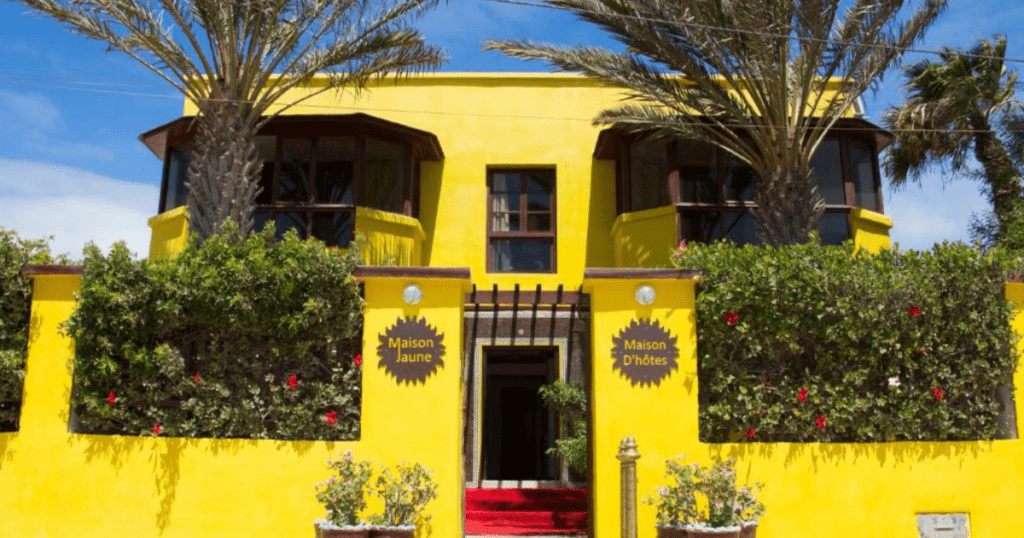
Though the house is gone, you can still visit the location and enjoy the view Van Gogh painted. The location is easily recognized, just 100 meters south of the Arles train station, ideal for a self-guided walking tour.
The Starry Night on the Rhône
Starry Night was inspired by the view from Quai du Rhône, just a short walk from the Yellow House. Though Starry Night was painted in St. Remy, this earlier work shows Vincent's view of the Rhône's east bank. The view here is stunning, and you can recognize it without walking to the exact sign location. A walk along the river offers views of small river cruise ships, adding a lively atmosphere to the scene.
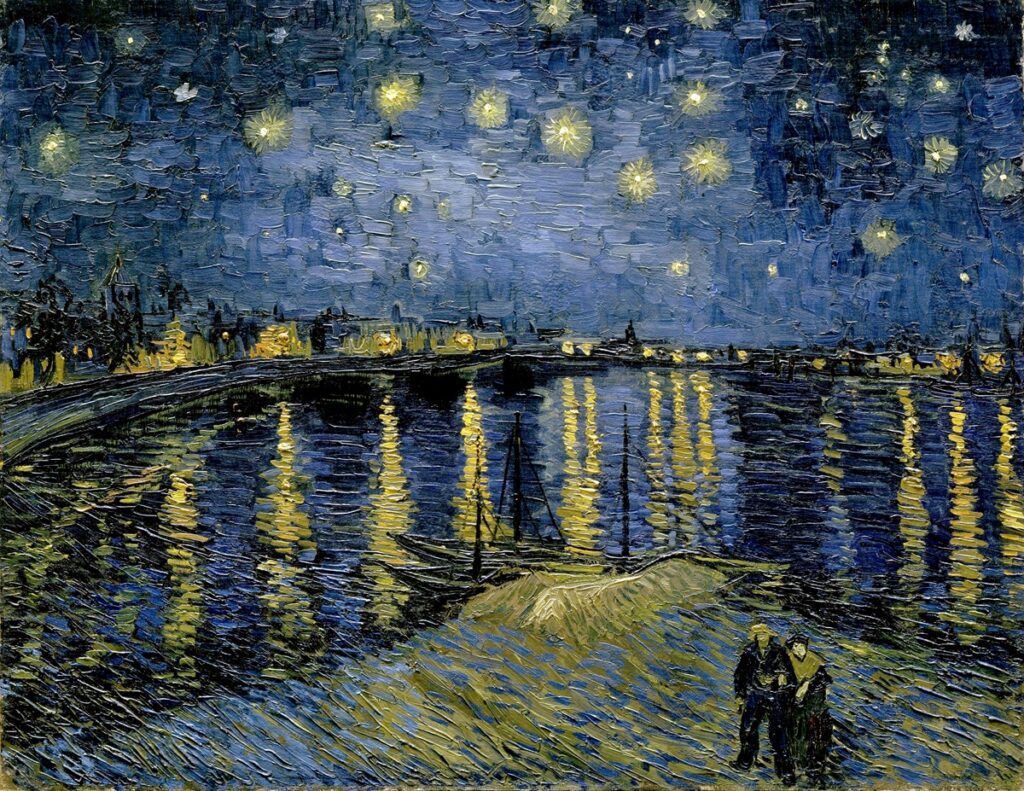
Les Arenes
The Roman Amphitheater (Les Arenes) is a major tourist site and a dominant feature of Arles. Made famous by Van Gogh, this site focuses on the crowd, setting it apart from many of his other works. In the painting, the spectators are watching a bullfight in the arena, which is still used for bullfighting today. Visitors can explore the Amphitheater as Van Gogh did, though the easel is no longer there.
Unlike the Colosseum in Rome which it models after you might find yourself walking around alone for a peaceful experience. From the higher tiers and towers, enjoy stunning views of Arles, offering some of Provence's most beautiful vistas. If you're in Arles, this is a must-see for Roman ruins lovers. For more, check out our blog post on the town's top attractions.
Le Café de Nuit (The Night Café)
The Le Café de Nuit painting by van captures a powerful ambiance with its sultry, evening feel and dreaminess. The café was located at Place du Forum, a historically rich area in Arles that was the city's center. When I visited, Café Van Gogh was closed and no longer in business, though it may reopen under new ownership. The surrounding shops benefit from their famous neighbor, and it would be welcomed if the café were restored. It was a bit disappointing during the day, especially compared to the nighttime atmosphere of Le Café de Nuit in Eze.
But that’s a different story!
Trinquetaille Bridge in Arles
At Trinquetaille Bridge in Arles, you'll see where Van Gogh painted several views, highlighting its unique geometry. He concentrated on the stairway and the arch where the road goes beneath. This bridge over the Rhône, dating back to Roman times, was relatively new when Van Gogh painted it.
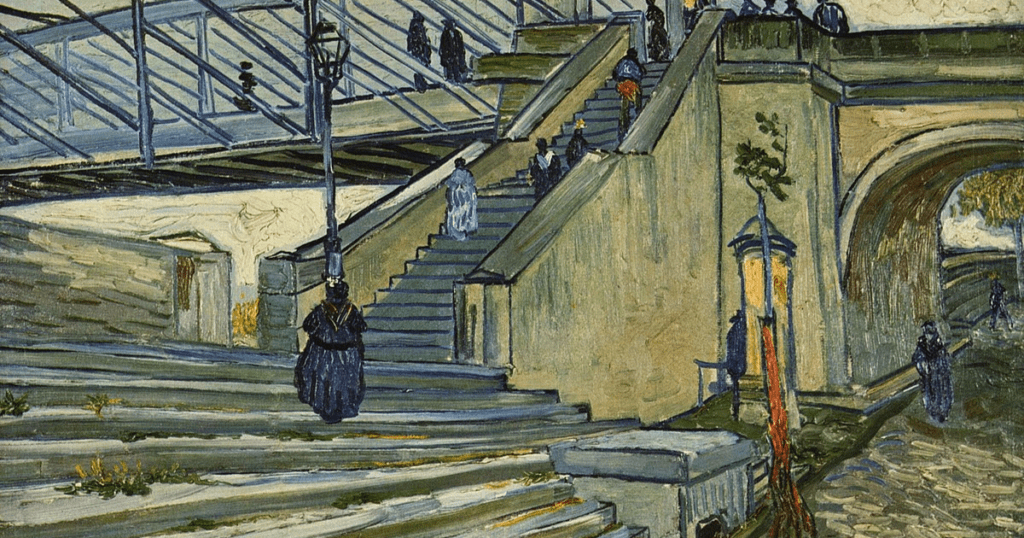
In his 1888 painting, Van Gogh depicted a sapling at the stairway's base, now a mature plane tree. Today, you'll see the grown sapling and weedy growths in the stone step cracks, creating a similar yet different scene. The busy energy of everyday life continues around the bridge with people walking to work and going about their day. A 200-meter walk downstream reveals a longer view of the bridge Vincent painted, enhancing the charm of this iconic spot.
Le Jardin de l'Hôtel de Dieu
When Van Gogh was recovering from his nervous breakdown at the Hotel Dieu, he spent time in the interior gardens. Van Gogh created famous paintings here, finding peace in the surroundings. Today, it's Espace Van Gogh, featuring a library, exhibitions, shops, and a café. The gardens are carefully arranged to mirror Van Gogh’s painting, making it a tangible link to his time spent here.
You can even visit the balcony where he observed and painted the garden during his convalescence. It's a perfect spot to relax with a coffee, tea, or snack and enjoy the peaceful atmosphere. During my visit, I enjoyed tasty treats at a bistro table, watching quiet Van Gogh-themed walking tours pass by. A great spot to reflect on Van Gogh's time in Arles and the everyday life he captured in his work.
Le Jardin d’Été
In Arles, Boulevard des Lices features a public garden where Van Gogh painted scenes of people strolling. A sign marks the exact spot where Vincent stood to capture these scenes. Interestingly, the paintings led to arguments with a fellow artist about the speed of Van Gogh’s work. He defended himself, saying, "When someone says it was done too quickly... they looked at it too quickly." The gardens continue to draw visitors, providing a peaceful setting to reflect on Gogh's quick and distinctive artistic style.
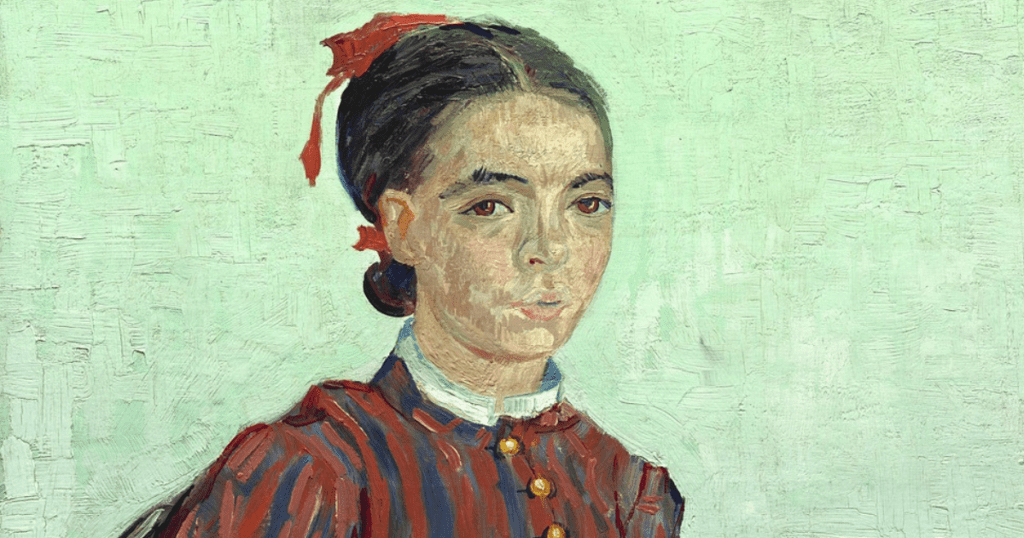
FAQs
What are the key sites to visit in Arles related to Van Gogh?
Must-visit sites include La Maison Jaune, Le Café de Nuit, Trinquetaille Bridge, and the Hôtel de Dieu and d’Été gardens. These sites, influenced by Van Gogh's works, offer a glimpse into his life and creations in Arles.
Is there a walking tour available to visit Van Gogh’s sites?
The Van Gogh Pedestrian Path takes you to key locations in Arles where he created his famous paintings. You’ll find informative signs at each stop providing insight into the artist’s process and his time in the town.
Can I visit Van Gogh’s original paintings?
While the original paintings are in various museums Arles offers the chance to visit the locations that inspired these masterpieces. Sites like Les Arenes and the Boulevard des Lices still feature views similar to those seen in his work.
What is Espace Van Gogh?
Espace Van Gogh is the former Hotel Dieu hospital, where Gogh recovered after his nervous breakdown. Today, it houses a town library, exhibition spaces, souvenir shops, and a café. The gardens, inspired by Van Gogh, reflect his artwork, offering a peaceful spot to relax and enjoy the scenery.
Are there any challenges when walking the Van Gogh Path?
Yes, navigating the Van Gogh Pedestrian Path can be challenging. The stops are scattered throughout Arles, and some are in less obvious spots. It helps to have a map or use the QR code provided by the Arles Tourism Office for directions.
Is there a specific time of day to visit Le Café de Nuit?
Le Cafe de Nuit is known for its evening atmosphere which Van Gogh beautifully captured in his famous painting. "The café may lack daytime ambiance, but visiting at night or strolling through Place du Forum captures the atmosphere Van Gogh painted."
Conclusion
Visiting Van Gogh sites in Arles lets you walk in the footsteps of one of history's most influential artists. Each location reflects Van Gogh’s life, from peaceful gardens to bustling streets. "Whether exploring the Pedestrian Path or unwinding at Espace Van Gogh, Arles brings Van Gogh's art to life."
